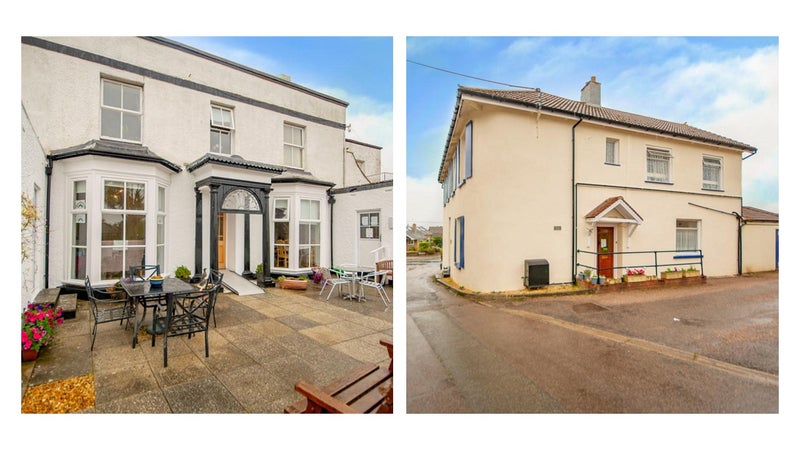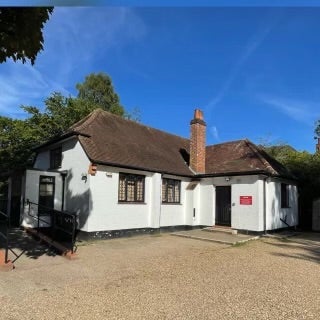Zagreb, Ljubljana, Sarajevo and Podgorica: Hotel with potential
A new Hotels report from Christie & Co focuses on the markets in Central and Eastern Europe.

Following the first and second edition of a series of hotel market snapshots looking at key cities in Central and Eastern Europe, hotel property specialist Christie & Co has just launched its third report, this time analysing market trends in Zagreb, Ljubljana, Sarajevo and Podgorica.
Lukas Hochedlinger, Managing Director Germany, Austria & CEE at Christie & Co, says, “All markets under review may have struggled with the impact of the financial crisis and witnessed years of limited hotel supply growth. However, all four markets have been on the upswing since 2010, witnessing positive growth and slowly attracting more attention from tourists as well as developers and investors.
“CEE capitals also profit from overheated competition in some Western European markets as investors are now looking for opportunities in less competitive environments where they are able to negotiate more attractive prices on assets.”
With 52 hotels and almost 4,000 hotel rooms, Zagreb is the largest market in this comparison. As Christie & Co’s report reveals, Croatia’s capital reported a continuous increase in overnight stays over the last years, with double-digit growth rates in the past three years. Since the city is becoming a more important transportation hub, Zagreb’s hotel industry is expected to profit from increasing demand.
Marvin Kaiser, Consultant Investment & Letting for Austria & CEE at Christie & Co and author of the report, adds, “Croatia’s overall economic growth will be a magnet for opportunistic foreign investors, attracted by the growing potential of both business and leisure segments. Although hotel transactions were scarce in Zagreb, Croatia’s overall economic growth as well as the increasing demand coupled with the lack of branded hotels in recent years provides a great opportunity for investors. Hence, we expect domestic and international players to keep an eye on new opportunities in Croatia’s capital.”
Ljubljana has 29 hotels, totalling just under 2,500 bedrooms, with over 85 per cent of identified room supply to be allocated to the upscale and midscale markets. While Slovenia’s capital recorded healthy growth rates with respect to tourism demand and this trend is set to continue, Christie & Co expects low investment activity in the foreseeable future as the market is still suffering from brand oversupply. However, market sentiment is growing. Marvin Kaiser comments, “With Ljubljana’s strategic location as well as falling property prices coupled with the lack of restrictions on buyers, the city seems to be an emerging market for hotel investment.”
With 65 categorised hotels, Sarajevo has the largest number of accommodation establishments, but only 2,300 bedrooms. Bosnia and Herzegovina’s capital witnessed not only strong tourism demand growth but also some branded undersupply, with less than 10 per cent of hotel rooms being chain-affiliated. Hence, as Marvin Kaiser points out, Sarajevo has upside potential for international hotel brands to enter the market and thus to attract both local and international investors. He adds: “With overall investment from the Gulf region to Bosnia and Herzegovina growing, we also expect more international investment activity in the hotel sector.”
Podgorica, the smallest of the four analysed markets, is still struggling with the after-effects of the crisis. Marvin Kaiser points out, “Significant demand growth has failed to appear and the hotel industry is suffering as a result. Most hotel owners in Podgorica would either like to sell their assets or wait for an uplift of the market. That said, with the sale of the Delta City Shopping Mall, Podgorica recorded already a major transaction this year – and with the Euro being traded as unofficial national currency and talks of Montenegro accessing the EU advancing, we are expecting Podgorica to attract even more attention of investors.”
Lukas Hochedlinger concludes, “It is true that compared to other key CEE capitals such as Budapest, Prague or Warsaw which saw strong growth and high investment activities, the smaller capitals in this comparison are still lagging behind. That said, as our report shows they hold some interesting surprises at closer inspection and certainly provide attractive opportunities for operators and investors alike.”



















